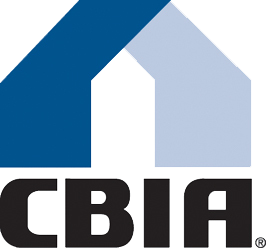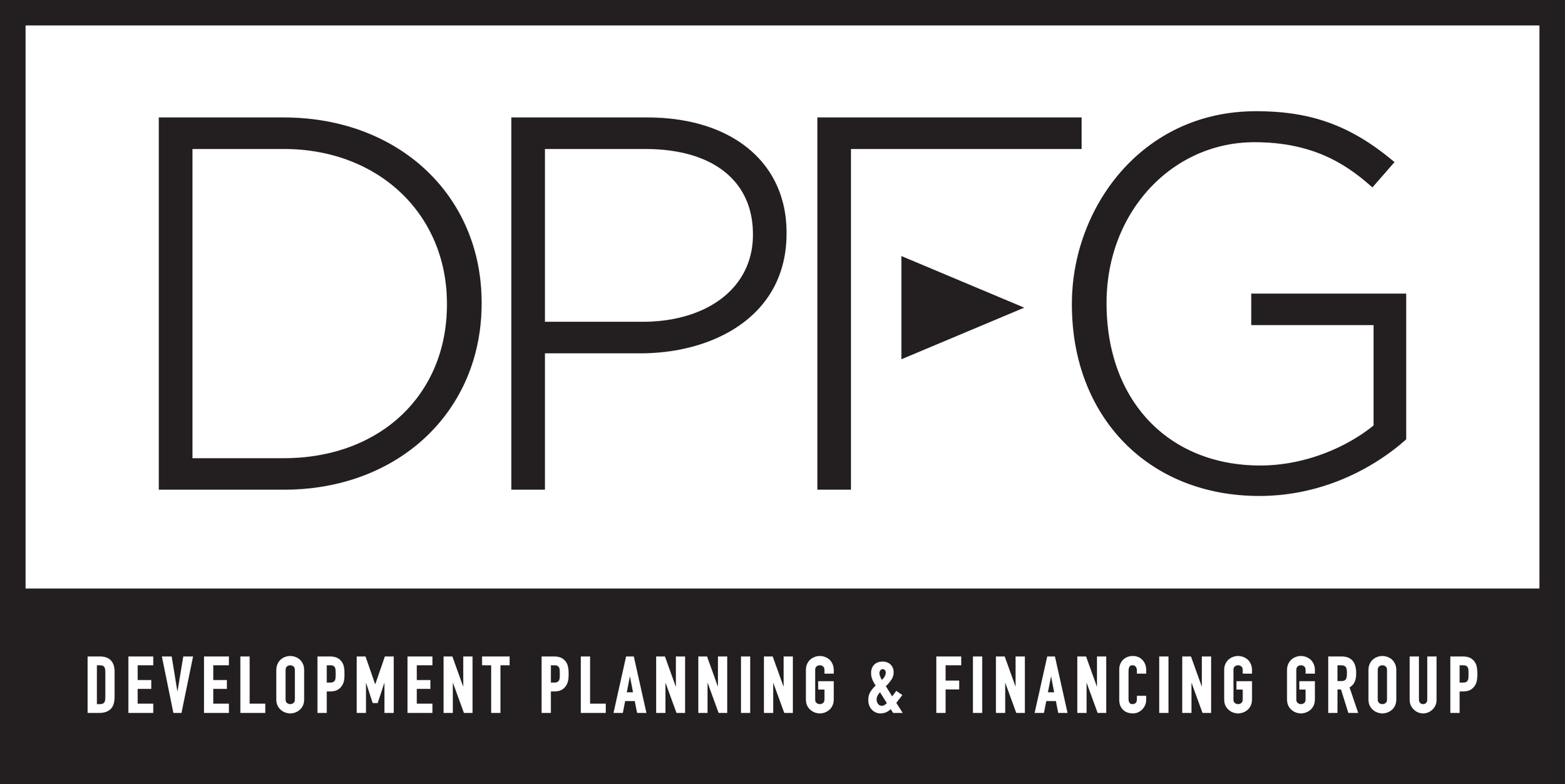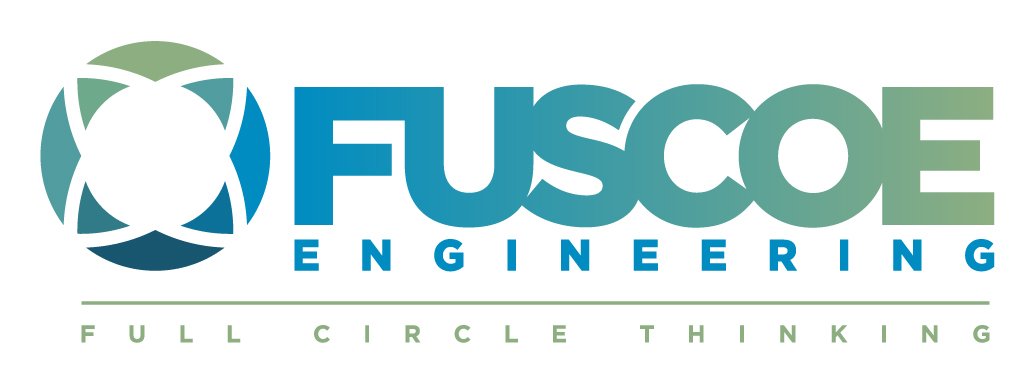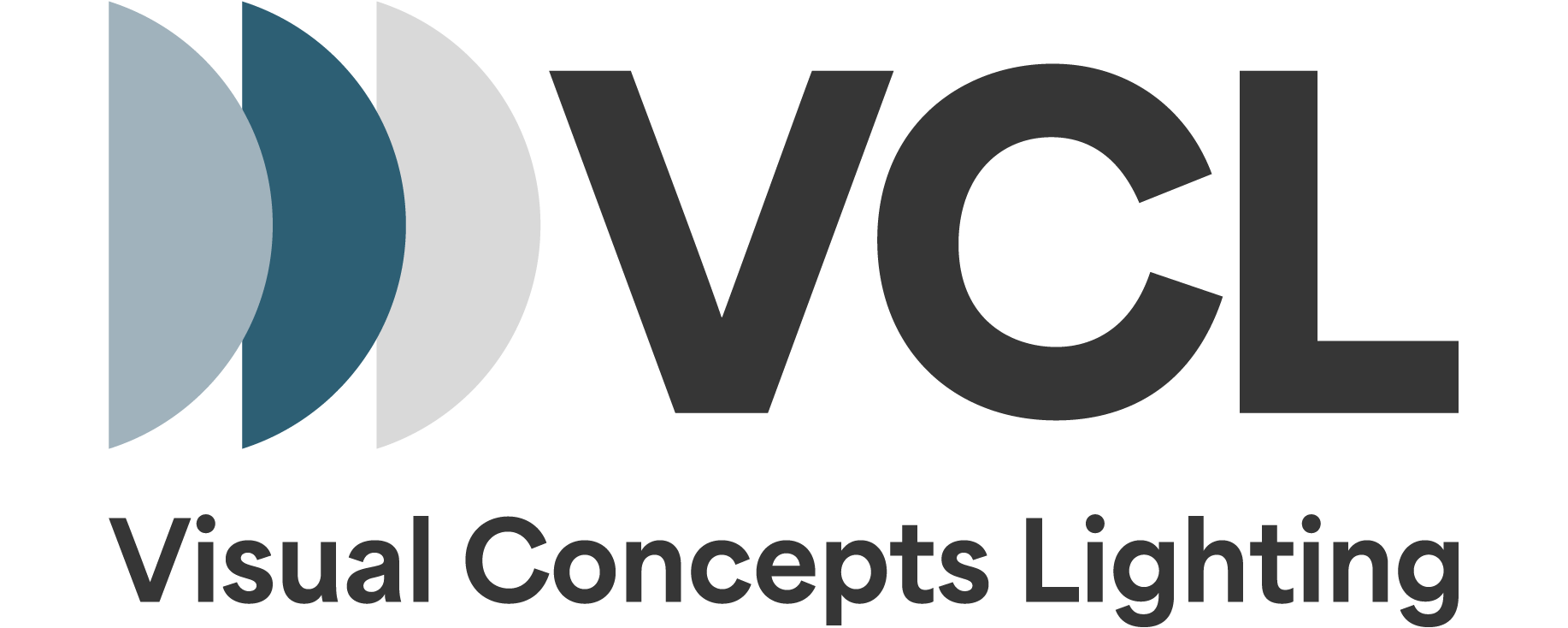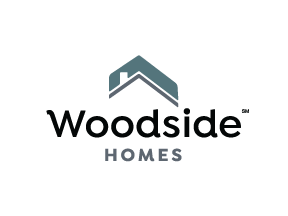By Ali Sahabi of Optimum Group, LLC
President, Building Industry Association (BIA) Baldy View Chapter
Consider just some of the factors that have influenced home design over the years: air-conditioning altered the design of porches while central heating changed the role of fireplaces from necessities to amenities. New advances in technology and the shifting definitions of what constitutes a household have changed the size, shape and utility of rooms. Garages were once relegated to separate buildings and large backyards were once required for drying clothes, incinerating refuse and storing firewood.
Today, research is the key driver in home design: from professional associations such as the Building Industry Association (BIA) facilitating interaction both between the various building disciplines and the industry and government rule makers to modern homebuilders regularly polling both existing and prospective customers about their preferences, today’s new home design reflects what today’s homebuyers want and need.
Thanks to important new studies conducted by the National Association of Home Builders (NAHB) and the United States Census Bureau’s Annual 2015 Characteristics of New Housing report, homebuyers now have a much wider perspective on what to expect when they go home shopping whether in the near or distant future.
According to NAHB, the average size of newly-built homes has decreased slightly which is “a sign that the home-building industry is preparing for the coming wave of first-time buyers as Millennials begin to dip their toes into the market," said Rose Quint, NAHB assistant vice president for survey research. In 2015, the typical new home had 2,689 square feet which dipped to 2,634 square feet this year.
Of the new home amenities that are major selling points for new homebuyers, she added, separate laundry rooms top the list of must-haves across all income groups. Energy-efficient features, like low-E windows, Energy Star-rated appliances, ceiling fans and programmable thermostats are also at the top of buyers' wish lists. Homebuyers also want their homes to have a patio, exterior lighting and a full bath on the main level.
Quint said that a majority of homebuyers prefer a new home to an existing home, and 65 percent of them want that home to be in the suburbs. Size preference goes up as income goes up, with buyers in the $150,000+ income bracket preferring homes around 2,500 square feet.
But no matter what the income, buyers overwhelmingly prefer a smaller house with more features and amenities over sheer size. "More than two-thirds are willing to trade size for high quality products and features," she added.
Released last month, the NAHB Home Builder Preferences Survey was sponsored by Reverse Mortgage Funding (RMF); a company serving the housing needs of baby boomers aims to provide statistics on starts, completions, and characteristics of new homes reveals that, of the 648,000 single-family homes completed in 2015:
· 600,000 had air-conditioning.
· 66,000 had two bedrooms or less and 282,000 had four bedrooms or more.
· 25,000 had one and one-half bathrooms or less, whereas 246,000 homes had three or more bathrooms.
· 183,000 had a patio and a porch and 14,000 had a patio and a deck.
· 137,000 had an open foyer,
And the median size of a completed single-family house was 2,467 square feet.
Of the 320,000 multifamily units completed in 2015:
· 146,000 were in buildings with 50 units or more.
· 148,000 had two or more bathrooms.
· 35,000 had three or more bedrooms.
The median size of multifamily units built for rent was 1,057 square feet, while the median of those built for sale was 1,408 square feet.
Of the 501,000 single-family homes sold in 2015:
· 453,000 were detached homes, 49,000 were attached homes.
· 327,000 had a 2-car garage and 131,000 had a garage for 3 cars or more.
· 200,000 had one story, 278,000 had two stories, and 24,000 had three stories or more.
· 348,000 were paid for using conventional financing and 42,000 were VA-guaranteed.
· The median sales price of new single-family homes sold was $296,400 in 2015, compared with the average sales price of $360,600.
The median size of a new single-family home sold was 2,520 square feet.
Clearly, the latest data signals that the entry of first-time homebuyers in the market means that today’s – and tomorrow’s – homebuyers will have an even wider range of choices. More importantly, it means that homeowners in the future will be able to choose the home that best reflects their lifestyles and the times in which they live.
The BIA Baldy View Chapter seeks to advance the opportunity to attain the American Dream of home ownership. For additional information on homebuying, home improvements or the benefits of homeownership, go to www.biabuild.com on the web.



